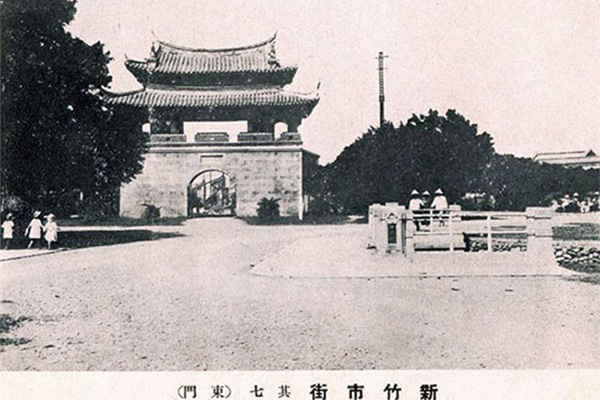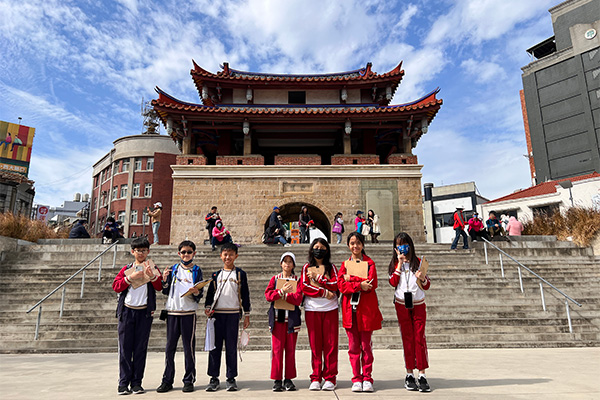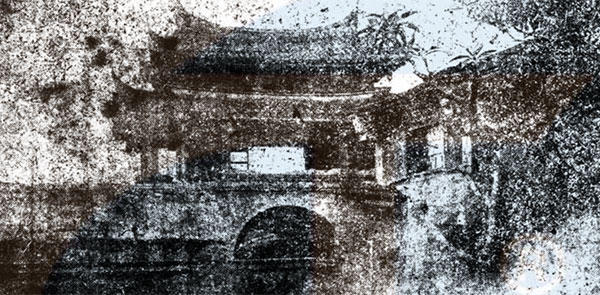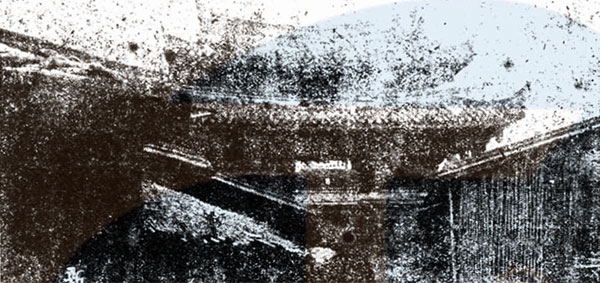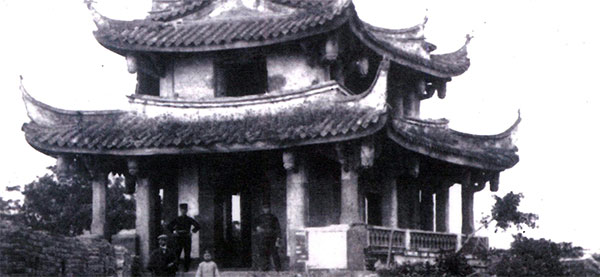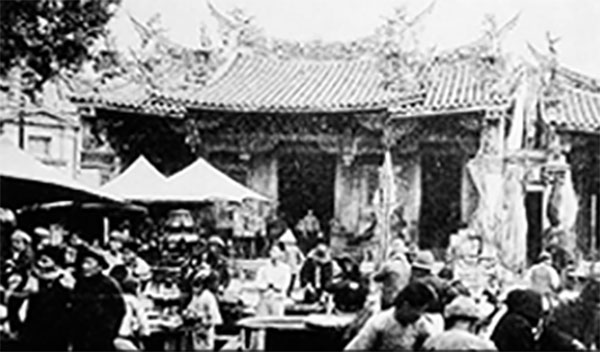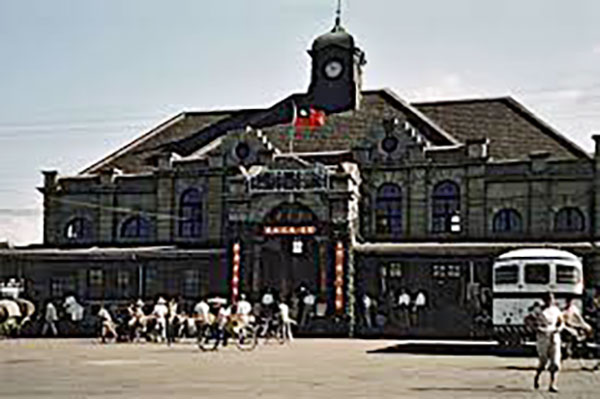photo by here
History
Jhu Chian is the ancient name of Hsinchu, and it is the earliest location of the Ping Puzu Daokasihzu “Jhu Chian She”.Jhu Chian City is the earliest developed city in northern Taiwan, and there have been three names for Jhu Chian city, they are “Jhu Chian City” , “Dan Shuei Ting City”, and “Sin Jhu City”. It reflected the names of administrative districts from different eras. Taiwan was colonized by the Japanese from 1895 to 1945 (a total of 50 years), so there are many Japanese-built buildings in the town of Hsinchu as a consequence.
In 1718, the Chyuan Jhou immigrant Wang Shih Jieh led the relatives and villagers to develop here, and it gradually became the most important political, economic and cultural center of northern Taiwan during the Qing Dynasty. At that time, Hsinchu was subordinate to Zhuluo County, Taiwan.
photo by here
In 1721, as the Jhu Yi Guei incident subsided, the Qing Dynasty established Dan Shui Bu Dao Tong Jhih Jhuan Sih north Taiwan Bureau, which worked as a police department at that time, to solve the problem - The original jurisdiction of Zhuluo County (now Chiayi) was too large and beyond its reach. Then, Hsin Chu was under its governance.
photo by here
In 1733, the Tamsui Coast Defense Department officially moved from Changhua County to Jhu Chian. At that time, in which was also the early days of the Qing Dynasty's arrival in Taiwan, in order to prevent people from rebelling, Taiwanese was prohibited from building stone brick cities. Therefore, Tamsui's colleague, Xu Zhimin, planted bamboo all around. The entire area was circular with a circumference of about 1,408 meters, with east and west sides. The four gates of South and North are the beginning of the construction of the city in Jhu Chian .
photo by here
The Chenghuang Temple was founded in 1748 and was the largest temple in Taiwan at the time. In 1891, all Taiwanese officials and citizens held a prayer ceremony here to make the country prosperous, protect the people, and eliminate disasters. He was granted the title of City God of Hsinchu by the Qing Dynasty. It was the only provincial City God temple in the Tai-Peng area. Because of his meritorious service in fending off bandits, he was awarded the title by Emperor Guangxu. He was awarded the plaque "Kinmen Guarantee" and was successively awarded by successive emperors, becoming the City God with the highest official position in Taiwan. The Chenghuang Temple has been renovated many times, and the current temple appearance was rebuilt in 1924.
photo by here
In 1875, in order to respond to the status quo, Shen,Bao-Zhen, who supervised Taiwan's defense, requested that the Tamsui Department be removed and set up as Hsinchu County and Tamsui County, and Taipei Prefecture (with jurisdiction over Tamsui, Hsinchu, and Yilan counties). The scope of Hsinchu County is bounded by Touchongxi (now Taoyuan Shezi river) in the north and Dajia river in the south.
photo by here
In 1893, the train station was called the Box Office and was made of soil. In 1898, after the Japanese came to Taiwan, the originally built railway station was changed to a wooden one. In the 41st year of the Meiji Era (1908 AD), the Western Taiwan Railway was opened to traffic. Originally, the Hsinchu Station was a simple wooden building, but it was later designed by Matsuzaki Mancho, Ministry of Railways, Taiwan Governor-General. Construction was completed in 1913 and it was renovated in 1947.
video by here
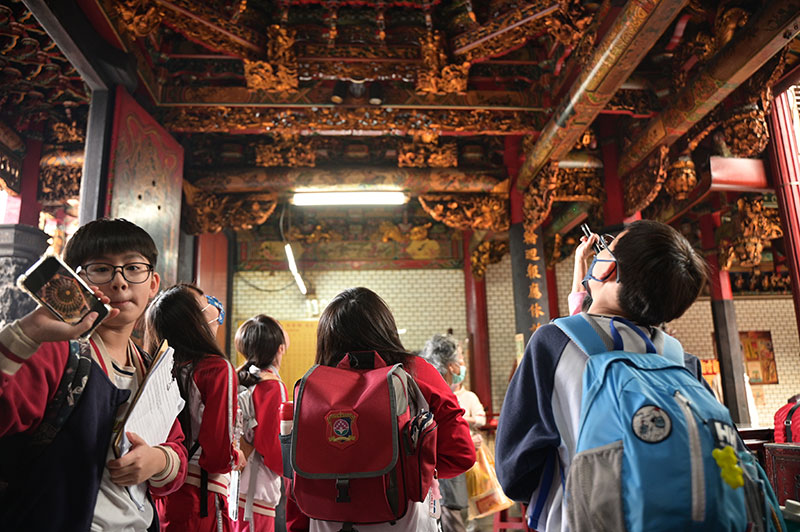
photo by our team
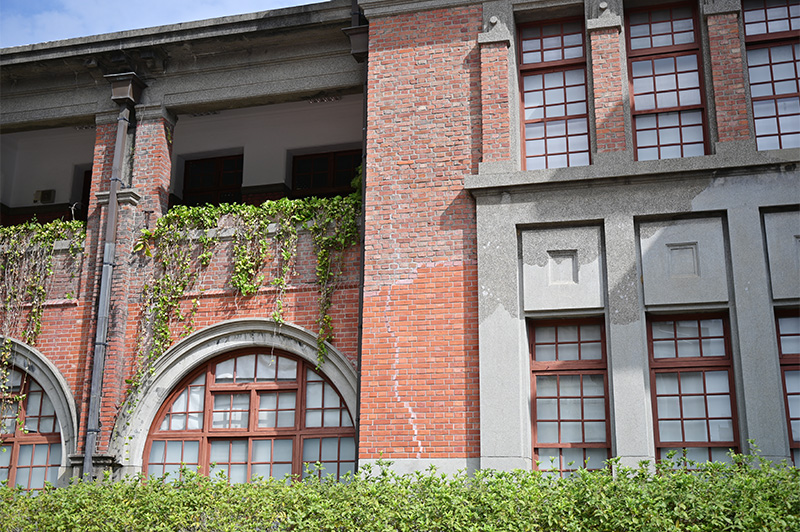
photo by our team
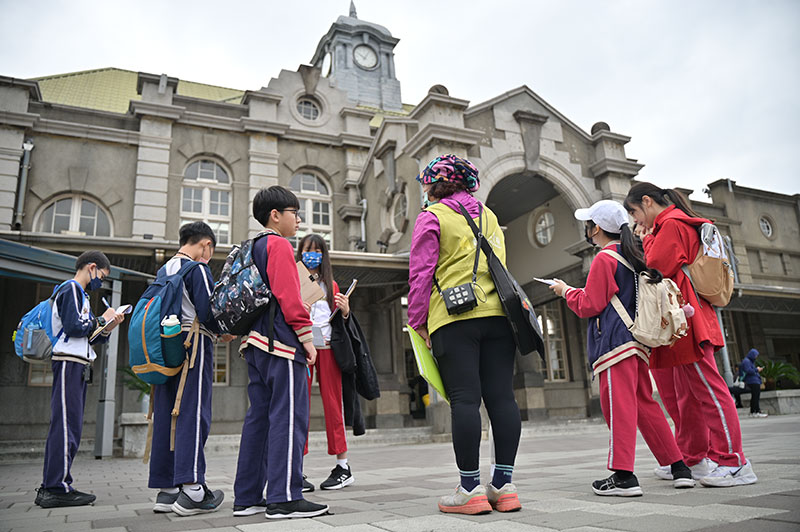
photo by our team
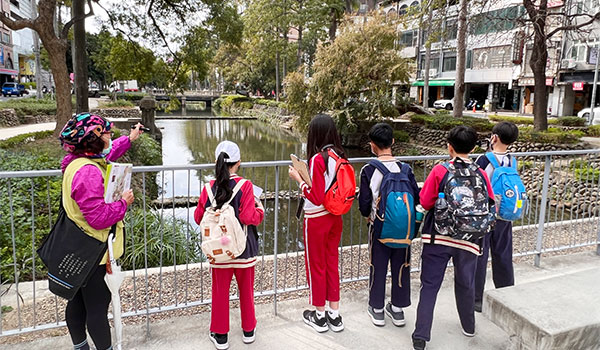
Historical Landmarks
Introduction of famous historical landmarks in Hsinchu City.
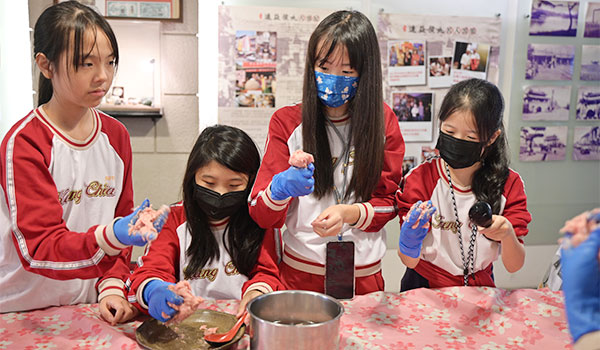
Hsinchu cuisine
Introduction of local dishes in Hsinchu City.
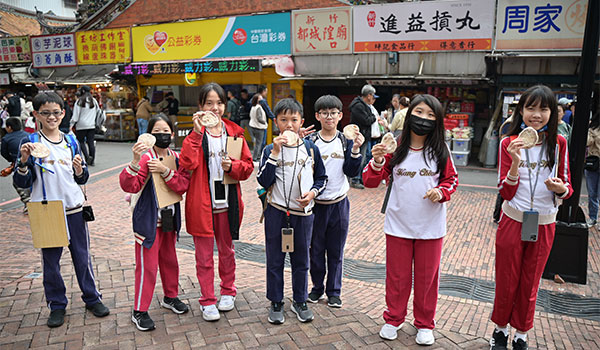
Field Survey
nterview questions and answers of the Field Survey.



